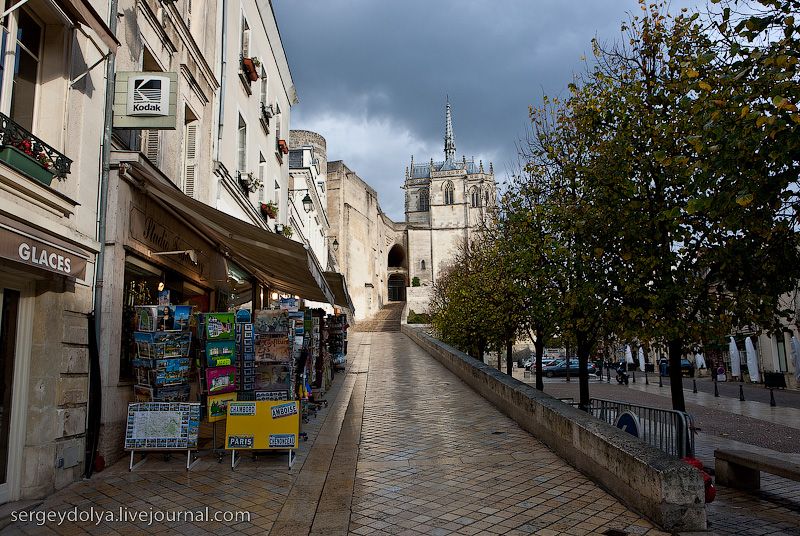Leonardo Da Vinci Castle
|
Once the site of a castle had been selected – whether a strategic position or one intended to dominate the landscape as a mark of power – the building material had to be selected. An earth and timber castle was cheaper and easier to erect than one built from stone. The costs involved in construction are not well-recorded, and most surviving records relate to royal castles. A castle with earthen ramparts, a motte, and timber defences and buildings could have been constructed by an unskilled workforce. The source of man-power was probably from the local lordship, and the tenants would already have the necessary skills of felling trees, digging, and working timber necessary for an earth and timber castle. Possibly coerced into working for their lord, the construction of an earth and timber castle would not have been a drain on a client's funds. In terms of time, it has been estimated that an average sized motte – 5 m (16 ft) high and 15 m (49 ft) wide at the summit – would have taken 50 people about 40 working days. An exceptionally expensive motte and bailey was that of Clones in Ireland, built in 1211 for £20. The high cost, relative to other castles of its type, was because labourers had to be imported.
The cost of building a castle varied according to factors such as their complexity and transport costs for material. It is certain that stone castles cost a great deal more than those built from earth and timber. Even a very small tower, such as Peveril Castle, would have cost around £200. In the middle were castles such as Orford, which was built in the late 12th century for £1,400, and at the upper end were those such as Dover, which cost about £7,000 between 1181 and 1191. Spending on the scale of the vast castles such as Château Gaillard (an estimated £15,000 to £20,000 between 1196 and 1198) was easily supported by The Crown, but for lords of smaller areas, castle building was a very serious and costly undertaking. It was usual for a stone castle to take the best part of a decade to finish. The cost of a large castle built over this time (anywhere from £1,000 to £10,000) would take the income from several manors, severely impacting a lord's finances. Costs in the late 13th century were of a similar order, with castles such as Beaumaris and Rhuddlan costing £14,500 and £9,000 respectively. Edward I's campaign of castle-building in Wales cost £80,000 between 1277 and 1304, and £95,000 between 1277 and 1329. Renowned designer Master James of Saint George, responsible for the construction of Beaumaris, explained the cost:
In case you should wonder where so much money could go in a week, we would have you know that we have needed – and shall continue to need 400 masons, both cutters and layers, together with 2,000 less skilled workmen, 100 carts, 60 wagons and 30 boats bringing stone and sea coal; 200 quarrymen; 30 smiths; and carpenters for putting in the joists and floor boards and other necessary jobs. All this takes no account of the garrison ... nor of purchases of material. Of which there will have to be a great quantity ... The men's pay has been and still is very much in arrears, and we are having the greatest difficulty in keeping them because they have simply nothing to live on.
One detailed study has been done on the cost of construction of Langeais tower, built in 992 in France. The stone tower is 16 metres (52 ft) high, 17.5 m wide, and 10 m long with walls averaging 1.5 m. The walls contain 1,200 cubic metres (42,000 cu ft) of stone and have a total surface (both inside and out) of 1,600 square metres (17,000 sq ft). The tower is estimated to have used 83,000 average working days to complete, most of which was unskilled labour.
|
|









